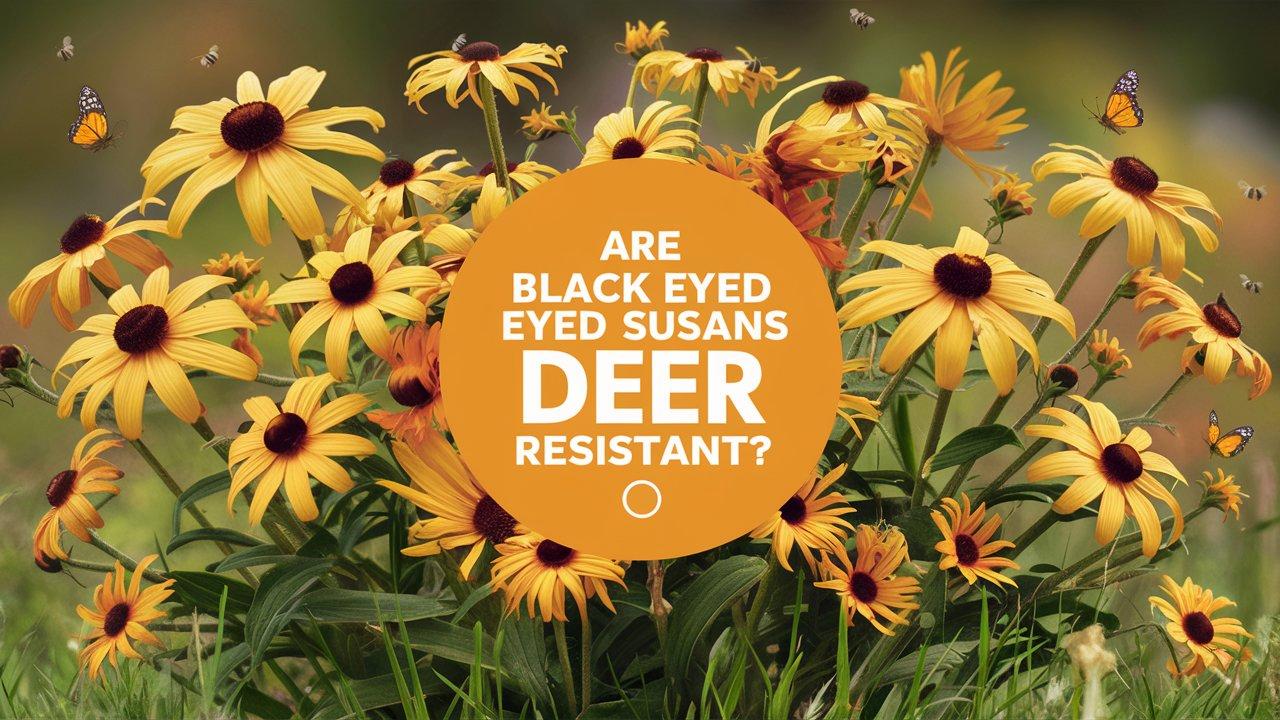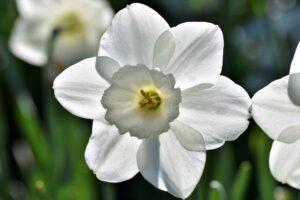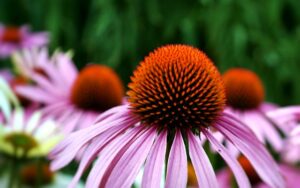Black-eyed Susans (Rudbeckia hirta) are beloved garden favorites known for their striking golden-yellow petals and dark centers. As a native North American wildflower, they bring vibrant color and wildlife appeal to gardens and landscapes. However, gardeners often face a frustrating dilemma: the risk of deer browsing on their precious plants.
In the quest for a flourishing garden, many ask, “Are Black Eyed Susans deer resistant?” In this comprehensive guide, we will explore the characteristics of Black Eyed Susans, analyze their deer resistance, and discuss strategies for managing garden pests while preserving these stunning blooms.
The Situation with Black Eyed Susans
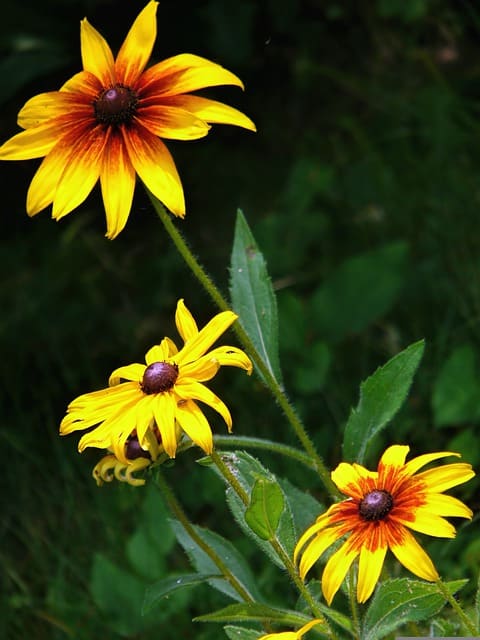
While deer may not actively seek Black Eyed Susans, the level of resistance they offer can vary. Many gardeners report that deer avoid these flowers, finding them less appealing than other options. However, this is not a guarantee. In times of heavy feeding pressure, deer may nibble on Black Eyed Susans.
Research on Deer-Resistant Plants
While specific scientific studies focused on Black Eyed Susans and deer resistance are limited, research suggests that plants with strong aromatic profiles or those that are toxic tend to be more effective in deterring deer. Black Eyed Susans possess a somewhat mild fragrance, which may not be repellent enough to deter hungry deer effectively.
In surveys aimed at assessing deer browsing preferences, Black Eyed Susans are frequently listed among perennials that experience low browsing pressure in deer-heavy areas. They may not be the top choice for deer, but this does not make them immune to being browsed.
Gardener Reports
Experiences from gardeners provide a window into the plants that deer favor. Many who have planted Black Eyed Susans report minimal damage. However, some caution that young plants, in particular, may be more vulnerable during establishment phases. Adult Black Eyed Susans can withstand occasional browsing, but newly sprouted plants are generally more tender.
Understanding Black Eyed Susans
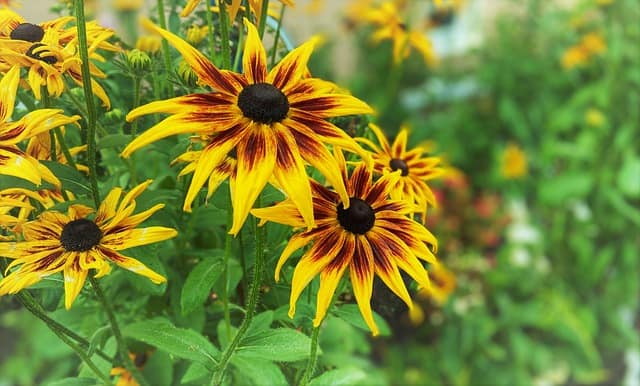
To comprehend how Black Eyed Susans interact with deer, it’s important to first dive into their characteristics and natural history.
Botanical Overview
Black Eyed Susans belong to the Asteraceae family, which includes daisies and sunflowers. This perennial plant is characterized by its bright yellow flower petals arranaged in a daisy-like formation surrounding a dark, raised cone or center. In addition to their beauty, these flowers are significant for their role in supporting local ecosystems—providing nectar for pollinators and seeds for birds.
Growth Habits and Environment
Native to North America, Black Eyed Susans thrive in a variety of habitats, including fields, meadows, and roadside areas. They grow best in full sun to partial shade and can adapt to different soil types, although they prefer well-draining soil. With a height ranging from 1 to 3 feet, they are hardy plants that live for several years, blooming from late spring until the first frost in the fall.
Ecological Benefits
One of the standout features of Black Eyed Susans is their ecological significance. They attract various pollinators such as bees, butterflies, and hummingbirds, making them invaluable for supporting biodiversity. Moreover, their seeds are a food source for birds like goldfinches and cardinals. The plant’s extensive root system also helps prevent soil erosion and promotes soil health by improving overall structure.
The Deer Dilemma
In many regions, deer populations have increased significantly, leading to more frequent encounters with suburban gardens. Gardeners often seek plants that deer will avoid. Hence, understanding deer feeding habits, preferences, and how they interact with specific plants is crucial for effective garden management.
Deer Feeding Preferences
Deer are herbivores with a feeding repertoire that increasingly expands as their food sources fluctuate throughout the year. Their natural diet consists primarily of green foliage, fruits, nuts, and tender shoots. Deer are known to prefer younger, softer plants that are rich in moisture and nutrients—traits often associated with wildflowers and garden plants in spring.
Factors Influencing Deer Browsing
Several variables affect whether deer will target a specific plant, including:
Seasonality: In spring and early summer, when vegetation is abundant, deer tend to select from a wider range of options. However, as the season progresses into late summer and fall, they may explore less desirable plants due to food scarcity.
Availability of Food Sources: If preferred food sources are in short supply due to overgrazing or environmental stress, deer are more likely to sample plants they usually avoid. This means that even plants typically categorized as deer-resistant may be browsed by desperate deer teams.
Individual Deer Behavior: Deer exhibit learning behaviors. If a deer had a positive experience with a certain plant in the past—even if it was not a preferred choice—it may return to that plant again.
Strategies to Protect Black Eyed Susans from Deer
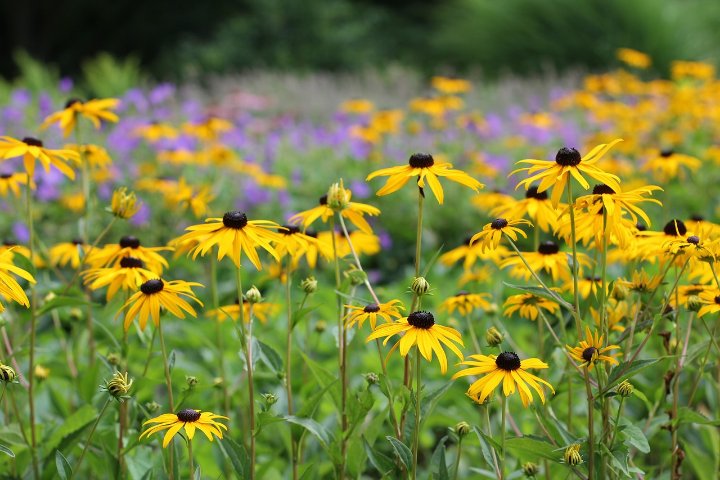
Understanding that deer browsing may impact Black Eyed Susans allows gardeners to develop strategies that can minimize potential damage while fostering a healthy plant community.
Planting Location Considerations
Choose the Right Spot: When planting Black Eyed Susans, opt for locations that are less frequented by deer. This might mean choosing spots further from wooded areas or dense shrubbery where deer might feel secure.
Combine with Other Plants: Pairing Black Eyed Susans with more strongly scented or less appealing plants can create a protective barrier. Consider surrounding them with aromatic herbs like rosemary, sage, or lavender, which are known to deter deer.
Physical Barriers
Establishing physical barriers is one of the most effective means of keeping deer at bay.
Fencing: Installing a well-constructed fence that stands at least 8 feet high can discourage deer from entering your garden. Regular inspections for gaps and wear can help maintain effectiveness.
Mesh or Netting: In smaller garden plots, using mesh or netting around Black Eyed Susans can protect them while they are becoming established. Just be sure to check regularly so that it doesn’t entangle or damage the plants.
Repellents and Natural Deterrents
Using repellents can add another layer of protection against deer.
Commercial Deer Repellents: There are many commercial repellents that employ scents or tastes that deer find offensive. Always follow the application guidelines for safety and effectiveness.
Homemade Solutions: For a more natural approach, gardeners can create homemade repellents using ingredients like garlic, hot pepper, and soap. Spraying these mixtures on plants can help ward off deer.
Human Hair and Predator Urine: Both human hair and predator urine (often available in garden supply stores) can send strong signals to deer that danger lurks nearby, thereby encouraging them to steer clear of your garden.
Timing of Planting
Early Planting: To give Black Eyed Susans a better chance of establishment before deer have the opportunity to begin browsing, consider planting them early in the growing season. This grants the plants time to root and develop resilience through their vegetative phase.
Late Season Growth: Conversely, some gardeners might consider leaving Black Eyed Susans unprotected during late summer when deer are less likely to target established plants that are nearing their end of bloom.
Best Practices for Growing Black Eyed Susans
Beyond deer management, there are important best practices for nurturing healthy Black Eyed Susans to ensure they thrive in your garden.
Soil and Watering Needs
Soil Requirements: Black Eyed Susans flourish in well-drained soil with a pH level close to neutral. Adding compost can enrich soil quality and drainage, improving nutrient availability.
Watering: While these plants are drought-tolerant once established, they appreciate consistent moisture during their early growth phase. Regular watering, especially during dry spells, supports overall health.
Maintenance
Deadheading: To encourage continuous blooming, regularly deadhead spent flowers. This practice also prevents the plant from over-seeding in areas where lush growth is not desired.
Pruning: Cutting back Black Eyed Susans after flowering can encourage a bushier growth habit and additional blooms the following spring.
Attracting Beneficial Wildlife
In addition to providing color and supporting insects, Black Eyed Susans can draw in other beneficial wildlife.
Pollinator Gardens: By creating a diverse plant community, you can attract not only bees but also butterflies and other pollinators that contribute to a healthy ecosystem.
Bird Habitat: After the blooming period, allow some seed heads to remain on the plants, as they can provide an important food source for birds.
Conclusion
As we’ve explored throughout this guide, the answer to the question “Are Black Eyed Susans deer resistant?” is multifaceted. While they can exhibit some degree of resistance due to their characteristics, deer may still browse on them under certain conditions, especially if food options are scarce. Understanding deer behavior, along with using various protective strategies and best gardening practices, can help ensure that Black Eyed Susans thrive in your garden.
By encouraging a vibrant ecosystem that includes these cheerful flowers, you not only bring aesthetic beauty to your landscape but also contribute positively to local wildlife populations. Whether you grow them for their beauty, functionality, or ecological benefits, Black Eyed Susans hold a special place in many gardens. With effective management and care, you can enjoy their sunny blooms while reducing the risks of deer browsing.


